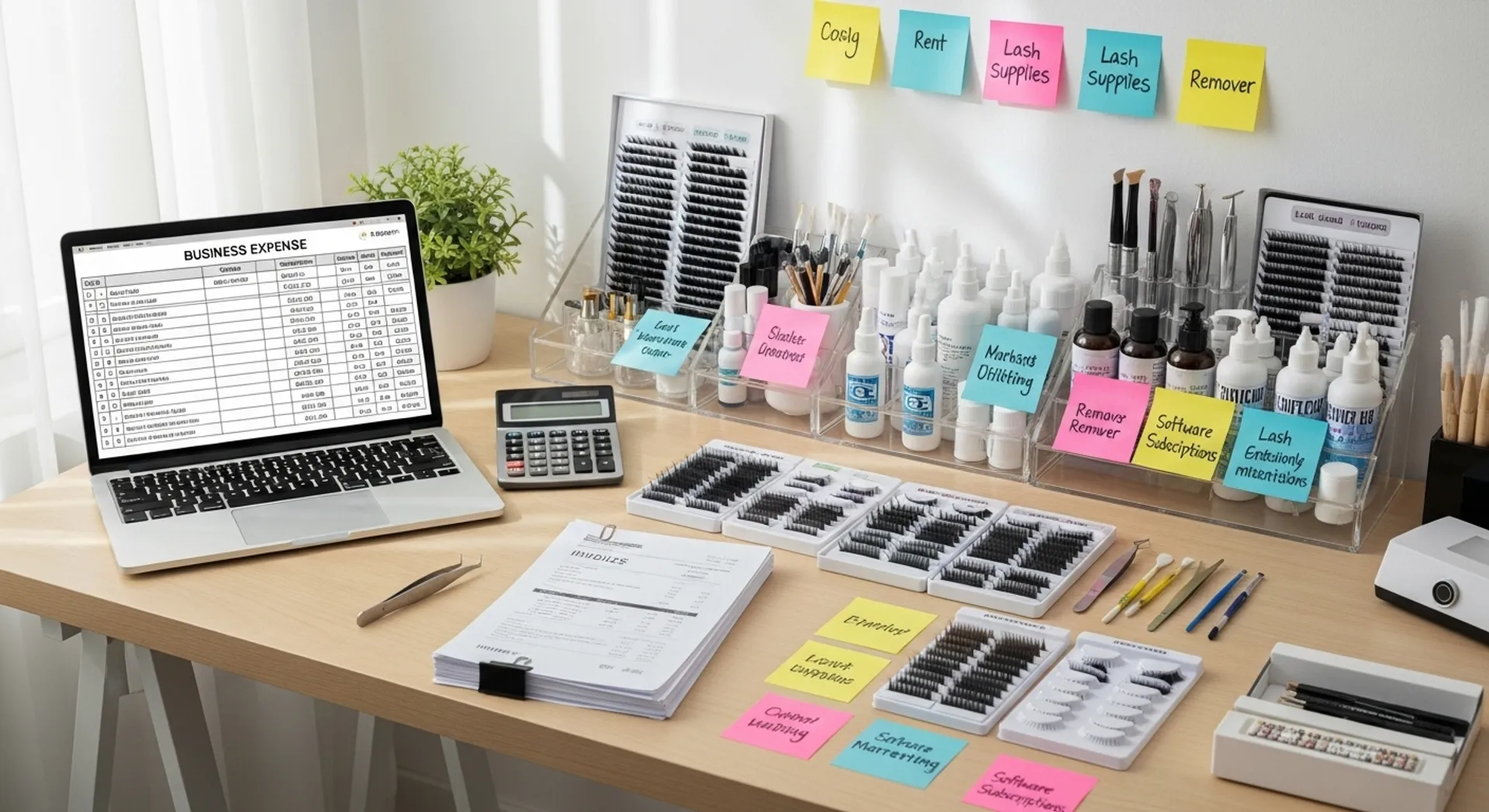Starting your lash extension business is exciting, but determining how much to charge for your services can feel overwhelming. Setting the right prices is crucial — charge too little and you’ll struggle to cover costs; charge too much and you might scare away potential clients. In this comprehensive guide, we’ll walk you through creating a strategic pricing model that ensures profitability while attracting your ideal clients in 2025.
Understanding the 2025 Lash Extension Market Landscape
Before you set your first price, you need to understand where the industry stands. According to current market data, full sets of classic lash extensions typically range from $100 to $250 across the United States, with refill appointments priced at $50 to $150. However, these numbers vary significantly based on geographic location, artist experience, and service quality.
The lash industry has matured significantly, and clients are more educated than ever about what constitutes quality work. They’re willing to invest in experienced artists who use premium products and provide exceptional service. This creates an opportunity for new lash techs who position themselves strategically from the start.
Calculating Your True Cost of Business
Your pricing strategy must begin with understanding your actual costs. Many beginner lash artists make the critical mistake of only considering product costs, but running a sustainable business requires accounting for every expense.
Fixed Costs
These are expenses that remain constant regardless of how many clients you see. Calculate your monthly fixed costs including studio rent or home office allocation, utilities, business insurance (which typically runs $96 to $179 annually), professional licensing and certification fees, and marketing expenses. If you financed equipment or took a business loan, include those monthly payments as well.
Variable Costs
Variable costs change based on client volume. For each full set, account for lash extensions (approximately $5 to $8 per set), adhesive usage (roughly $2 to $3 per appointment), under-eye pads and tape, cleanser and primer, and any disposable tools. Don’t forget to factor in the cost of continuing education — staying current with techniques and trends is essential for maintaining competitive pricing.

Researching Your Local Competition
Competitive analysis is not about copying other artists’ prices — it’s about understanding your market position. Start by identifying 5 to 10 lash artists within a 15 to 20-minute radius of your location. Look for artists with similar experience levels and examine their pricing structures, service offerings, brand positioning, and client reviews.
Pay attention to what premium-priced artists are doing differently. Are they offering additional services? Do they have advanced certifications? What does their branding and online presence look like? Understanding the full picture helps you identify gaps in the market that you can fill.
Consider the demographics of your area. Urban centers with higher costs of living can support higher price points, while smaller towns may require more competitive pricing. However, don’t automatically assume you need to be the cheapest option — even in smaller markets, clients value quality and expertise.
Implementing a Strategic Pricing Model
As a beginner, you need a pricing strategy that allows you to build skills and confidence while attracting your first clients. A graduated pricing model works exceptionally well for new lash artists.
The First 10 Clients
For your initial clients, consider pricing at 20 to 30% below your target market rate. This introductory pricing helps you build your portfolio, gain speed and efficiency, collect testimonial reviews, and develop your technique with real clients. Make it clear this is introductory pricing with a specific end date.
Clients 11 to 20
Once you’ve completed your first ten sets successfully, increase your prices by 10 to 15%. At this stage, you should be working more efficiently and have social proof through before-and-after photos. Your growing confidence justifies the price increase, and early clients who loved your work will understand the adjustment.
Moving to Market Rate
After completing 20 full sets, transition to your full market rate. By this point, you should have a solid portfolio, consistent application speed (ideally 90 to 120 minutes for classic sets), positive reviews and referrals, and refined consultation skills. Don’t be afraid to price yourself in the upper-middle range if your work quality supports it.
Creating Profitable Service Packages
Beyond individual services, strategic packaging can significantly increase your revenue while providing value to clients. Consider developing tiered service options that cater to different client needs and budgets.
A classic full set might be your entry-level offering, perfect for natural enhancement. Volume or hybrid sets can be positioned as premium options for clients seeking more dramatic results. Add-on services like lash lifts, tinting, or bottom lash extensions create additional revenue streams without requiring full appointment slots.
Membership programs are increasingly popular in the lash industry. A monthly membership that includes regular refills at a discounted rate encourages client retention while providing you with predictable income. For example, you might offer unlimited refills for a monthly fee that’s 20% less than paying per appointment but requires a three-month commitment.
Factoring in Your Time Value
Your pricing must reflect the value of your time and expertise. Start by determining your desired hourly rate. As a new artist, you might aim for $40 to $60 per hour, while experienced artists can command $80 to $150+ per hour depending on their market and reputation.
Calculate how long each service takes, including consultation time, application, and client education about aftercare. If a classic full set takes you two hours and your desired hourly rate is $50, that’s $100 for your time. Add your product costs (approximately $10 to $15) and overhead allocation (roughly 20 to 30% of the service price), and you arrive at a minimum price of $135 to $145.
As you gain speed and efficiency, your effective hourly rate increases even if you maintain the same prices. This is one reason why raising prices periodically as you gain experience is both justified and necessary for business growth.
When and How to Raise Your Prices
Price increases should be planned and communicated professionally. Industry experts recommend reviewing your pricing every 6 to 12 months as your skills advance and costs change. Signs that it’s time to raise prices include being consistently fully booked with a waiting list, increased overhead costs or product prices, new advanced certifications or training, and improved speed and efficiency.
When implementing price increases, give existing clients at least 30 days notice. Consider grandfathering loyal clients at their current rate for a transition period or offering a small discount compared to new client rates. Communicate the increase through personalized messages that highlight the enhanced value they’re receiving, such as new techniques you’ve mastered or premium products you’re now using.
Most importantly, own your pricing with confidence. When a potential client questions your rates, it’s an opportunity to educate them about the quality of your work, the hygiene and safety standards you maintain, the premium products you use, and the ongoing education you invest in. Clients who value quality will appreciate your professionalism and expertise.
Avoiding Common Pricing Mistakes
Many new lash artists fall into pricing traps that undermine their business success. Underpricing to compete on cost rather than quality often attracts price-sensitive clients who may not value your work or respect your policies. It also makes it difficult to raise prices later without significant client loss.
Failing to account for all business expenses is another critical error. Remember that approximately 30% of your revenue should cover overhead costs beyond direct supplies. Not investing in quality products to save money ultimately affects your retention rates and reputation — clients notice the difference.
Inconsistent pricing or frequent discounts can devalue your services and create confusion. While occasional promotions are fine, constantly offering deals trains clients to wait for sales rather than booking at full price. Your regular pricing should reflect your true value, with promotions used strategically for specific business goals like filling slow periods or launching new services.
Building Confidence in Your Pricing
Perhaps the biggest challenge for new lash artists isn’t calculating prices — it’s having the confidence to charge what they’re worth. Remember that you’ve invested time and money in training, certification, insurance, and quality supplies. Your pricing should reflect that investment while allowing you to earn a sustainable income.
Clients are not just paying for the lashes themselves; they’re paying for your expertise, the relaxing experience you provide, the sanitary environment you maintain, your artistic eye and customization skills, and the confidence boost they feel with beautiful lashes. When you frame your services in terms of the complete value you deliver, charging professional rates becomes much easier.
As you grow your business and develop your pricing strategy, stay connected with other lash artists through professional communities and continuing education. The lash industry evolves quickly, and staying informed about market trends, new techniques, and business best practices will help you maintain competitive, profitable pricing throughout your career.
Your pricing strategy is not set in stone — it should evolve as you gain experience, invest in advanced training, and build your reputation. Start with a solid foundation based on your true costs and market research, then adjust thoughtfully as your business grows. With the right pricing strategy, you’ll build a sustainable lash business that rewards your talent and dedication while delighting your clients.
